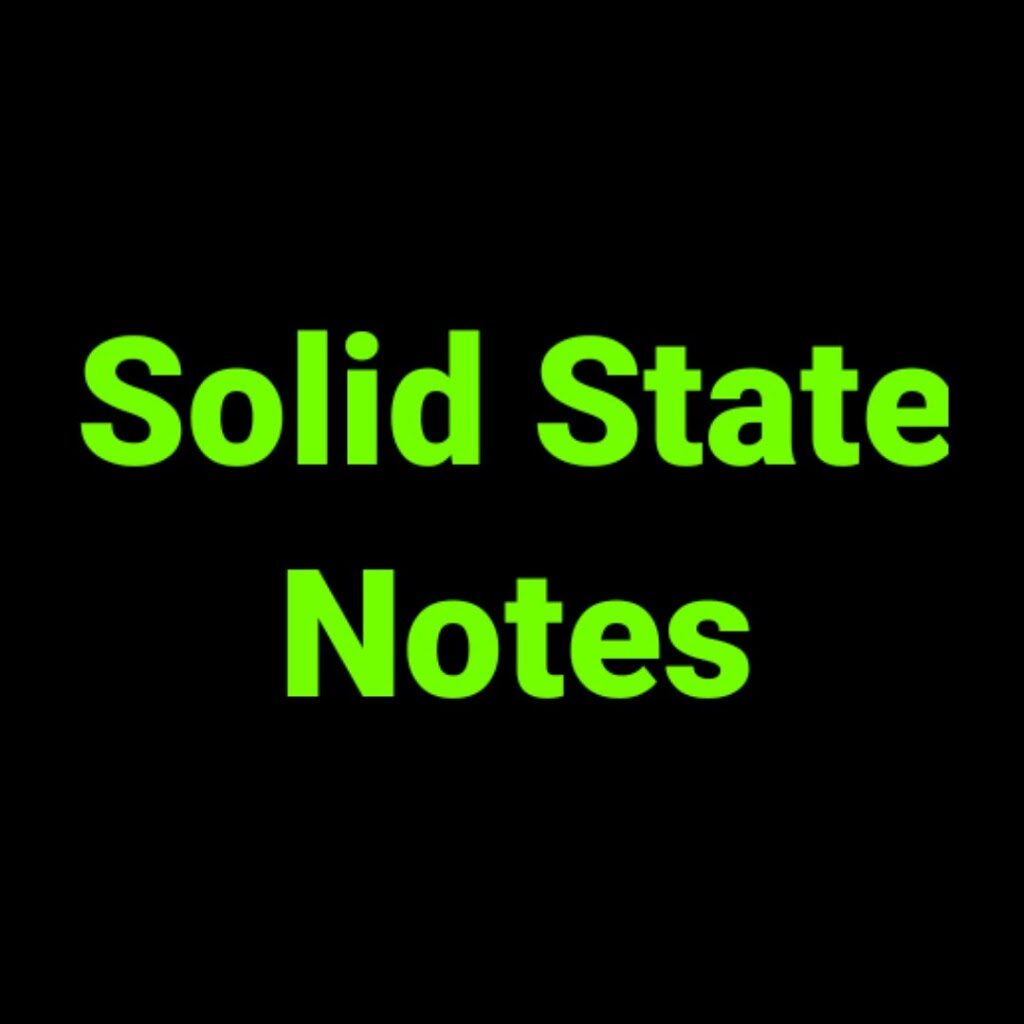DSSSB PGT Chemistry Exam 2025: A Comprehensive Analysis
Introduction
The Delhi Subordinate Services Selection Board (DSSSB) conducted the Post Graduate Teacher (PGT) Chemistry examination in 2025. After analyzing all 180 questions from this exam, I present a detailed breakdown to help future aspirants understand the exam pattern, difficulty level, and preparation strategy for this competitive test.
Overall Exam Structure
- Discipline 1-9: 20 questions each (180 questions)
Difficulty Level Analysis
- Easy (30% – ~55 questions):
- Basic definitions (isotopes, emulsions, alkene characteristics)
- Direct formula applications (unit conversions, nomenclature)
- Periodic trends and properties
- Moderate (50% – ~90 questions):
- Application of concepts, moderate calculations
- Reaction mechanisms, chemical phenomena interpretation
- Multi-step reasoning
- Difficult (20% – ~37 questions):
- Complex calculations (crystal lattice density, quantum yield)
- Advanced topics (ab initio, DFT limitations, industrial processes)
- Integration of multiple concepts
CBSE Class-wise Distribution
| Category | Questions (approx.) | Topics Covered |
|---|---|---|
| Class 11 | 64 (35%) | Atomic Structure (8), Chemical Bonding (10), States of Matter (6), Thermodynamics (8), Equilibrium (5), Redox (4), Hydrogen (3), s-Block (8), Organic Basics (6), Hydrocarbons (6) |
| Class 12 | 82 (45%) | Electrochemistry (15), Kinetics (8), Surface Chemistry (12), p-Block (14), d & f-Block (16), Coordination Compounds (8), Aldehydes/Ketones (4), Carboxylic Acids (3), Amines (2) |
| Above CBSE | 36 (20%) | Computational Chemistry (4), Advanced Spectroscopy (6), Nanomaterials (3), Biochemistry (8), Industrial Chemistry (5), Advanced Physical Chemistry (4), Pharmaceutical Chemistry (4), Materials Science (2) |
Key Observations

- Heavy Emphasis on Physical Chemistry
Nearly 40% of questions were from this segment (Electrochemistry, thermodynamics, kinetics, equilibrium, atomic structure, bonding). - Significant Inorganic Chemistry Component
About 35% of questions focused on coordination chemistry, transition metals, and p-block elements. - Balanced Organic Chemistry Coverage
Around 20% included reaction mechanisms, organic synthesis, biomolecules. - Analytical & Instrumental Methods
About 5% were from spectroscopic/separation techniques, quantitative analysis.
Preparation Strategy Insights
What Worked Well:
- Strong NCERT Foundation: 80% of questions based on NCERT.
- Advanced Reference Books: For above-CBSE questions, resources like Atkins, Clayden proved helpful.
- Current Chemistry Knowledge: Awareness of recent nanomaterials, computational chemistry trends.
- Practical Laboratory Knowledge: Many questions tested hands-on concepts.
Common Pitfalls:
- Overreliance on coaching tricks (not useful for deeper concepts)
- Neglect of advanced topics (20% of the paper!)
- Weak physical chemistry preparation
- Poor time management for lengthy calculations
Conclusion & Tips for Future Aspirants
The DSSSB PGT Chemistry 2025 exam was both balanced and challenging, with 80% content from the CBSE curriculum and 20% advanced topics. Success requires mastery of basics and targeted preparation in advanced areas.
- Master NCERT thoroughly (Classes 11 & 12)
- Study selective advanced topics from university-level books
- Practice numerous numerical problems
- Stay updated with recent chemistry developments
- Develop time-efficient problem-solving skills
The key to clearing this exam lies in strong conceptual foundations and smart, targeted advanced study.
Success Tip: Build your core knowledge and selectively expand into advanced topics frequently seen in competitive exams!
This analysis is based on the complete DSSSB PGT Chemistry 2025 paper. Future patterns may vary, but a sound preparation strategy remains essential.
